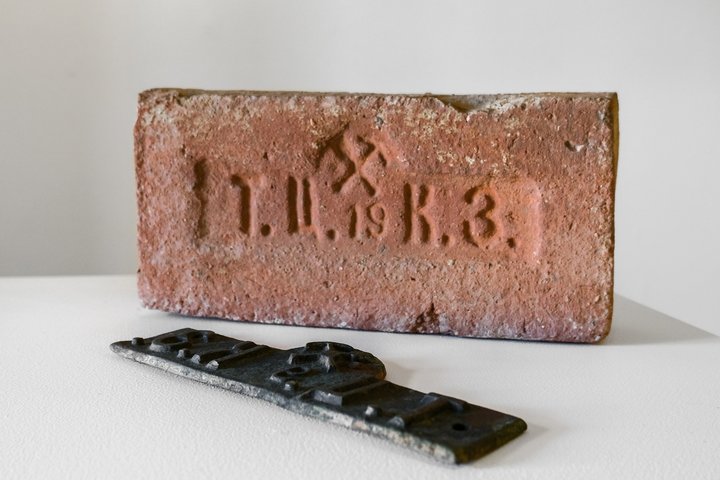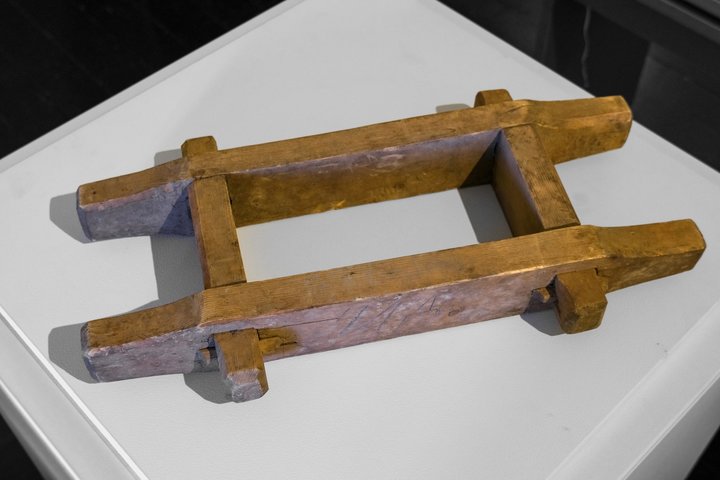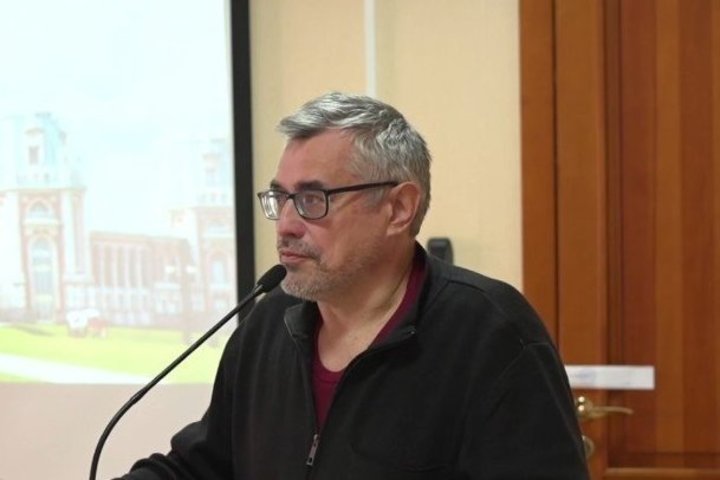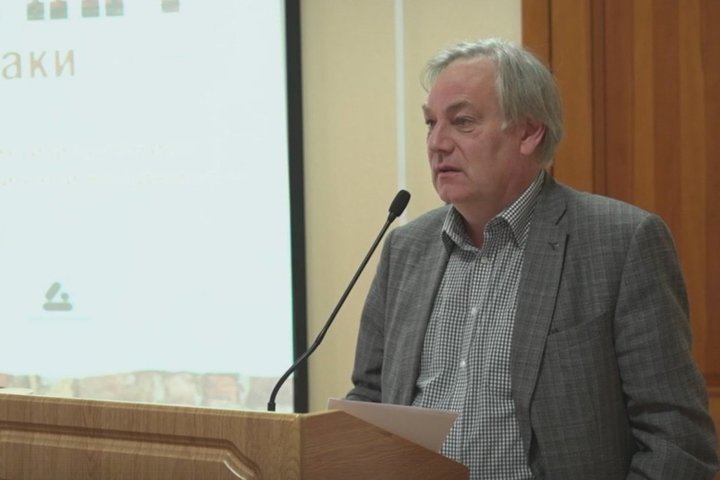Bricks shown and discussed in Sviyazhsk
This is the first large-scale meeting of experts in Russia, the participants emphasise

Brick experts have gathered in Sviyazhsk — events of Russian Brick: Brands, Marks, Signs research and exhibition project are taking place here. Art historians, archaeologists and collectors came to the island-town after collecting several thousands of samples of historical material. Read more details in a report of Realnoe Vremya.
Exhibition with firing
An exhibition dedicated to brick opened for the first time in the island-town on 2 October. The organisers note that the topic of architectural and construction ceramics in general is not particularly represented in museums. The exposition in the exhibition hall of the Sviyazhsk history museum will be available until 26 January. And these are not only bricks but also tools for their processing, forms, equipment elements, photographs of craftsmen, factories, monuments, documents — thanks to the exhibition, one can understand how bricks were made, stamped. A significant part of the exhibits are from private collections. The main partner of the exhibition is the Tsaritsyno Museum-Reserve. Also, the visitor will see a modern brick production from Ak Bars Ceramics.
The exhibition was symbolically opened by making bricks in a wooden form and firing them in a wood-fired oven.

Communities are needed
Today, round table talks are held in Sviyazhsk on the topic of collecting, studying, restoration and production. For example, collector Pyotr Alexandrov spoke in detail about the problem of classifying the capital's 18th-century bricks: “Nothing is clear — the bricks are completely different, the stamps on them are frameless bumps, mostly two-letter.”
Among the speakers are guests from Moscow and St Petersburg. The meeting is moderated by Professor Svetlana Baranova from the Russian State University for the Humanities and local historian Vladimir Smirnov (his collection includes several thousands of bricks).
In particular, thanks to Baranova, you can see a reconstruction of a kiln in Sviyazhsk — these materials have not yet been published, but are presented at the exhibition.
“Interest in brick is colossal,” the professor emphasised pointing out that researchers are now constantly trying to find associates and comrades on the Internet who will help them in identifying the same stamps. “Spontaneous outbursts on the Internet said that such communities are necessary.”
At the same time, Baranova also pointed out that the study of brick in the restoration context is a little on the “backwaters of the interests of state museums and research organisations.” The first to take a step forward was the museum in Tsaritsyno, which held a seminar on this topic.

“All technologies, building materials as historical sources are neglected by art historians, historians, architects,” agreed senior researcher of the museum Pavel Yermolov. “All this is so unknown to a wide circle of art lovers, architecture, a wide circle of the public, that it seems that this is the lot of some narrow specialists.”
But when restorers and archaeologists begin to talk about building material, to extract information from it, art historians become students, summed up Yermolov who himself closely studied brick when the question of the authenticity of the museum in Tsaritsyno arose after restoration. "
“We are trying to start systematising all the data that we have accumulated separately”
The former Sviyazhsk district is a territory of various ceramic pottery productions, Artyom Silkin, director of the Sviyazhsk Island-Town Museum-Reserve, explained to Realnoe Vremya. This is the production of both bricks and tiles.

The round table talk about the issues of brick restoration is also relevant because the restoration of the appearance of historical buildings, which, of course, suffer as time goes by, is associated with the selection of the right methods for preserving brickwork. It is not so easy to even select the sizes of the bricks, because they changed from the 16th to the 20th century.

“We can say that this is the first such event, when we, researchers, collectors, people who study bricks, gathered together, on one site,” Vladimir Smirnov points out the importance of the moment. “We are trying to begin to systematise all that data accumulated separately to exchange impressions, to get some more or less coherent picture of the geographical, historical use of brands on bricks. I personally experienced a certain lack of such meetings. I think that it will begin a series of meetings, not necessarily here, but also in other historically significant places of our country.”